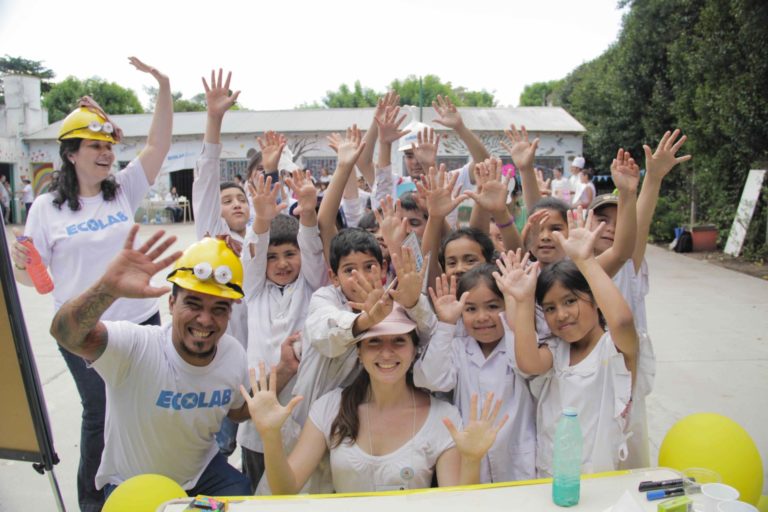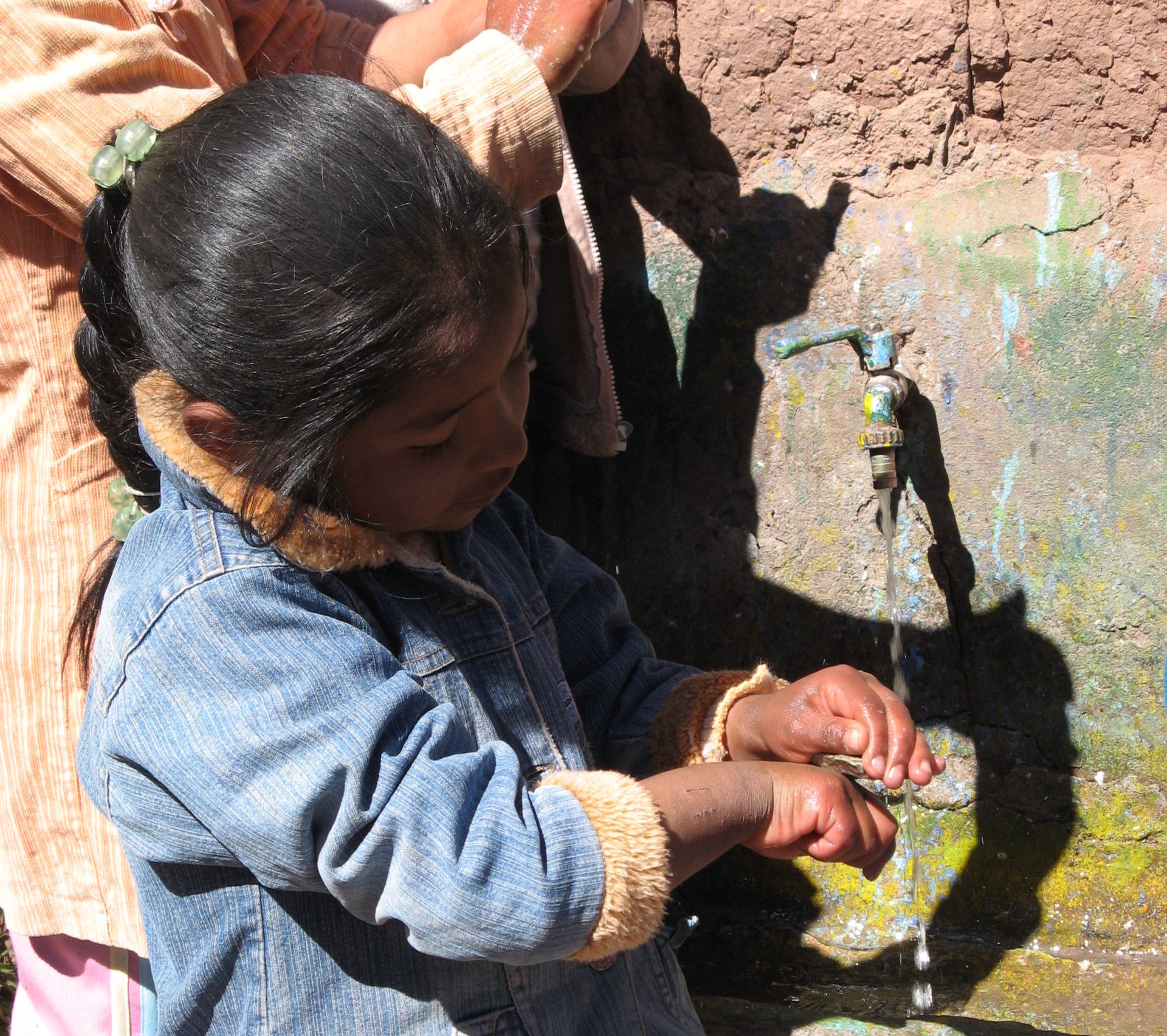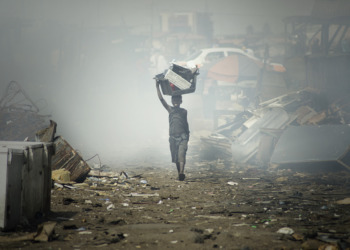The 2018 Sustainable Development Goals Report from the UN Secretary-General highlights the challenges of reaching Sustainable Development Goal 6:
“Too many people still lack access to safely managed water supplies and sanitation facilities. Water scarcity, flooding and lack of proper wastewater management also hinder social and economic development. Increasing water efficiency and improving water management are critical to balancing the competing and growing water demands from various sectors and users.”
Addressing these challenges is daunting. Progress is ongoing, but there is still much work to be done. Preventable deaths, chronic and acute illnesses, truncated educational opportunities, and reductions in productivity are just some of the consequences of insufficient improvement.
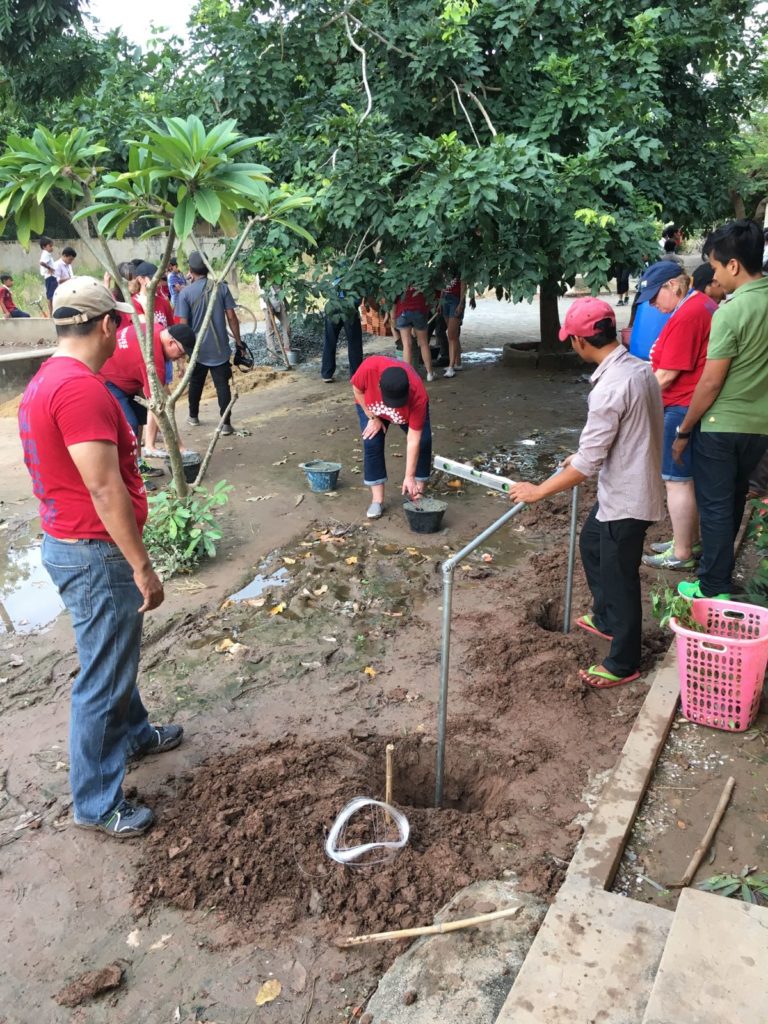
Meanwhile, solutions for moving ahead on SDG6 often tend toward the technical — new, better or cheaper water purification methods, for example — or focus on infrastructure development. While undoubtedly important, those solutions are also expensive, time-consuming and, sometimes, undertaken without an understanding of local cultural context.
There is a way to make progress toward meeting SDG6 that not only avoids some of these pitfalls but also buttresses the good work being done on the technical and infrastructure development side: incorporating hands-on, objective, science-based water education. Water education can empower positive behavior change that makes people healthier, raise awareness of the importance of conserving and protecting watersheds, and promote integrated water resources management.
Water, sanitation, and hygiene (WASH) education is a key element in enabling behavior change, but it is not always included from the inception of efforts to improve health. India’s ongoing work to reduce open defecation provides an instructive example of the importance of embedding education into infrastructure projects.
The adverse health effects of open defecation are well known, a 2018 World Bank study explains, citing “stunting and malnutrition, diarrhea and enteric parasite infection in young children, childhood death, and lower human capital.” Access to improved sanitation facilities is necessary to reduce these harmful health effects, but increasing latrine construction alone is not enough to reduce open defecation.
Toilet ownership in India has grown in recent years, but “open defecation can persist even when rural households own latrines,” the study’s authors point out. In fact, in the five villages surveyed in eastern Uttar Pradesh, some 40 percent of people who had toilets in their houses did not use them. The authors’ research showed that disuse stemmed from the belief or expectation “that others do not use toilets or latrines or find open defecation unacceptable” and latrines are incompatible with beliefs about “ritual notions of purity.”
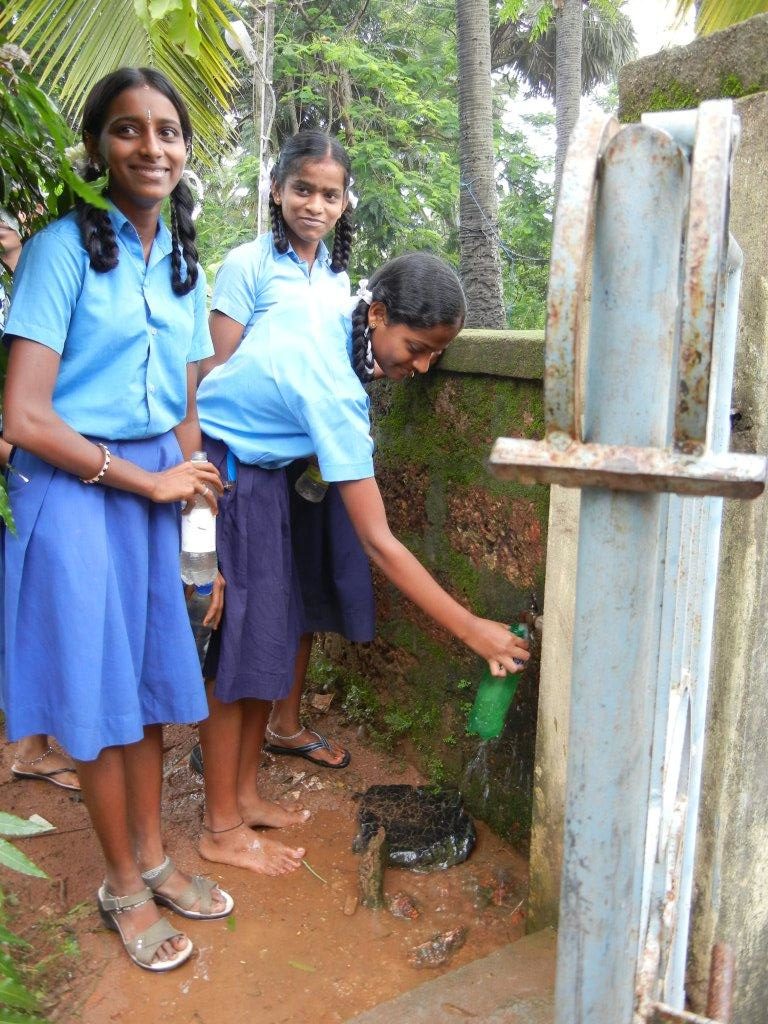
Recognizing these hurdles, the researchers piloted an educational campaign focused on changing people’s behavior and beliefs around latrine use. The results were promising, with average latrine use scores increasing by up to 11 percent in the villages where campaigns were carried out, with “large improvements” in pro-latrine beliefs. When it comes to ending the practice of open defecation and other practices that endanger human health, this example makes clear that education is a critical factor for increasing the proportion of population using safely managed sanitation services, including a hand-washing facility with soap and water (6.2).
Education is also important for raising awareness of the importance of conserving and protecting watersheds.
Education is also important for raising awareness of the importance of conserving and protecting watersheds. And just as education can encourage behavior change that improves human health, education can also positively impact watershed health.
In Project WET’s WASH education materials — available to download, free of charge, from the Project WET website — much of the emphasis is on human health. However, the holistic nature of the materials also informs and engages people in watershed protection. Building wells or providing other sources of clean water, while critical, is only sustainable when people understand that the water source must be protected and well maintained.

One school in Uganda, Lake Victoria Primary School (LVPS), took on this task in a major way after Project WET’s WASH education materials were implemented. A LVPS science teacher was among the first educators to be trained to use the hands-on education methods, which he sought out primarily to battle the waterborne diseases that had ravaged the community and school. Once trained, this teacher inspired students not only to change their behavior around hand-washing but also to protect, maintain, and even improve the school’s water sources.
The teacher and an after-school environment club led a project at that combined waste management and recycling to protect water quality and promote economic innovation. Students gained skills and knowledge about sanitation and recycling as they produced and sold cardboard made from garbage collected on the school grounds. This initiative also contributed to the utilization of a previously mothballed water tank, providing an additional location for students to wash their hands and cutting the school’s water bill from more than USD600 per month to just over USD30 per month.

Education in this example not only provided fresh water to students, making positive progress toward the overarching goals of SDG6. It also fulfilled specific portions of sub-goals of SDG6, such as supporting and strengthening the participation of local communities in improving water and sanitation management (6.B) and improving water quality by reducing pollution (6.3). Hands-on, engaging water education makes people aware of the importance of protecting water, while also giving them concrete ways to do so in their own communities.
Finally, education can also facilitate integrated water resources management (6.5) and increase water-use efficiency (6.4), goals that will only become more critical as climate change impacts water resources around the world. While governments and international organizations often dominate these conversations, multi-national corporations can also play a major role. More and more companies are recognizing the business risks inherent in the water issues that the world faces, and some of them are turning to education as part of their strategy to address those risks.
Editor’s Picks — Related Articles:

“Aiming to Achieve the SDG for Safe Drinking Water in Haiti: Empowerment is the Key”
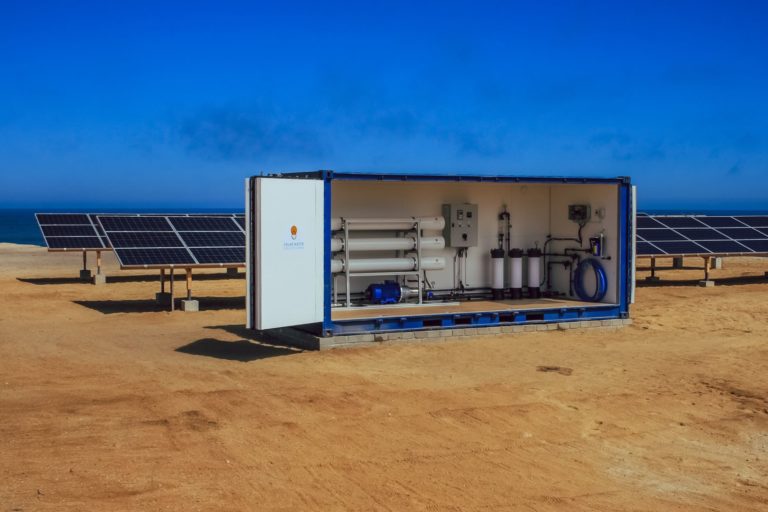
“The Quest for Clean Water: Startups and Their Solutions”
Project WET works with corporations around the world, not only to teach their employees about water and sustainability, but also to train those same employees to educate people in their communities about water. Embedding water sustainability practices within corporations through education is critical to substantially increasing water-use efficiency across all sectors and ensuring sustainable withdrawals and supply of freshwater (6.4).
Enabling corporate employees to become effective water educators has another benefit as well: Water education doesn’t have to be carried out by already-burdened schools and teachers alone. Teachers educating young people about water in schools carries a multiplier effect that can’t be ignored. Students bring their lessons home and share with parents and siblings, and as youth, they represent the future of water stewardship. But that is far from the only effective approach to develop awareness about water in a way that makes progress toward SDG6. Incorporating the private sector in a way that improves community relations and inspires more engaged citizenry is likely to increase both uptake and efficiency.
Ultimately, not every element of SDG6 can be achieved by education alone. However, there are very few of the SDG6 goals that would not be boosted — either in cultural adoption, sustainability or both — by the inclusion of water education from the outset. Effective water education must be recognized and supported as part of the overall strategy for addressing the water challenges outlined in SDG6. Indeed, education forms the foundation for success in ensuring that water and sanitation are available, sustainable, and universal by the year 2030.
